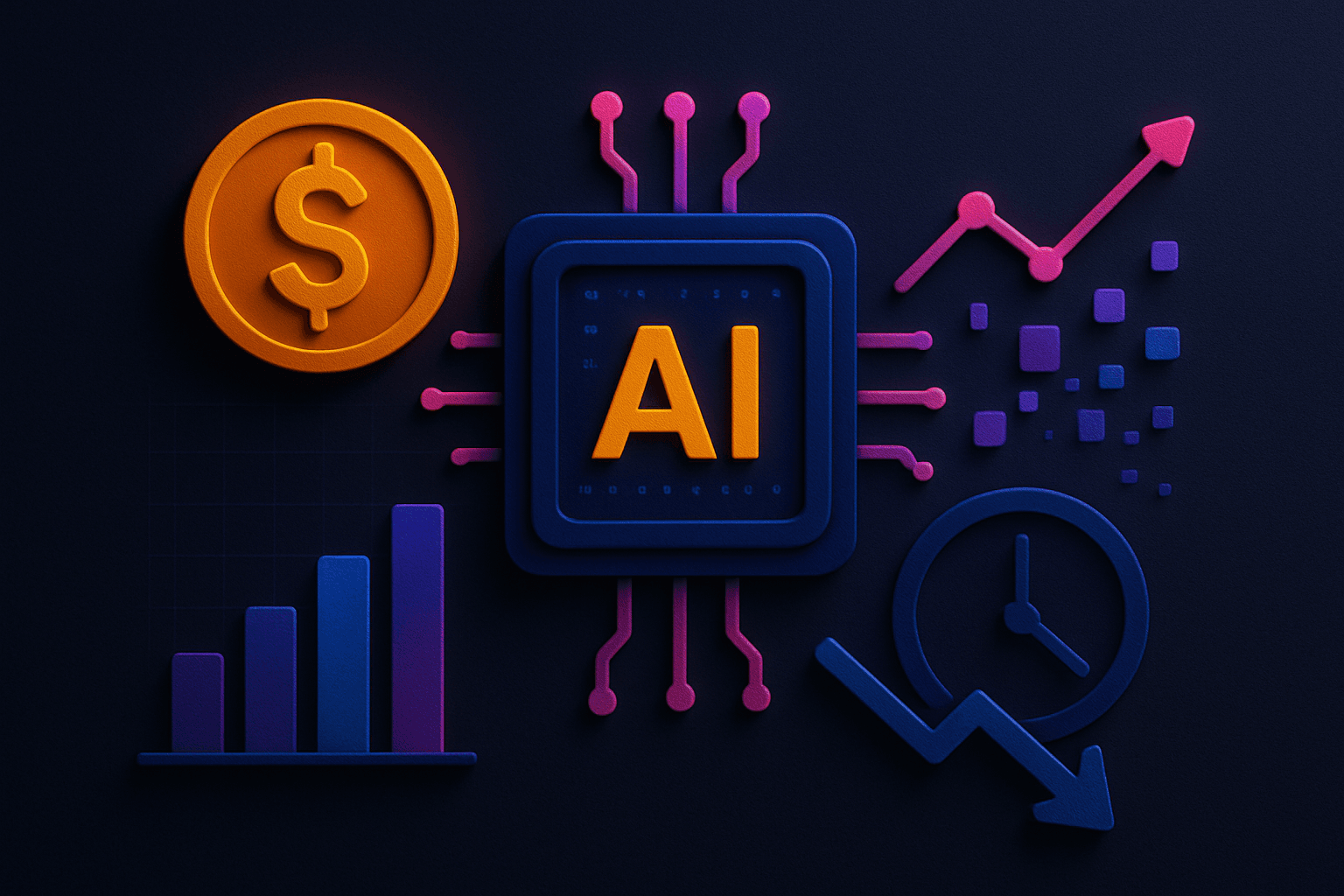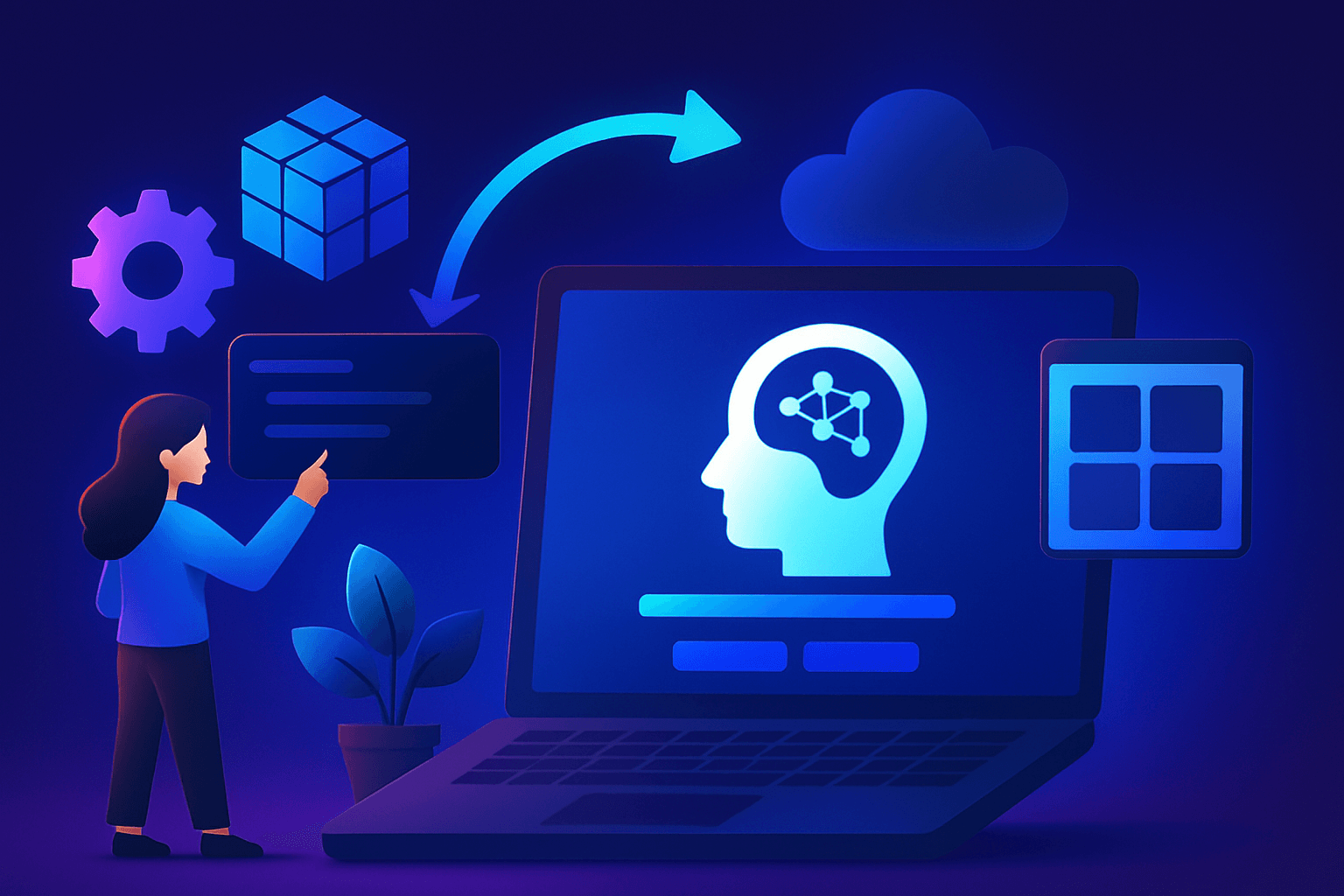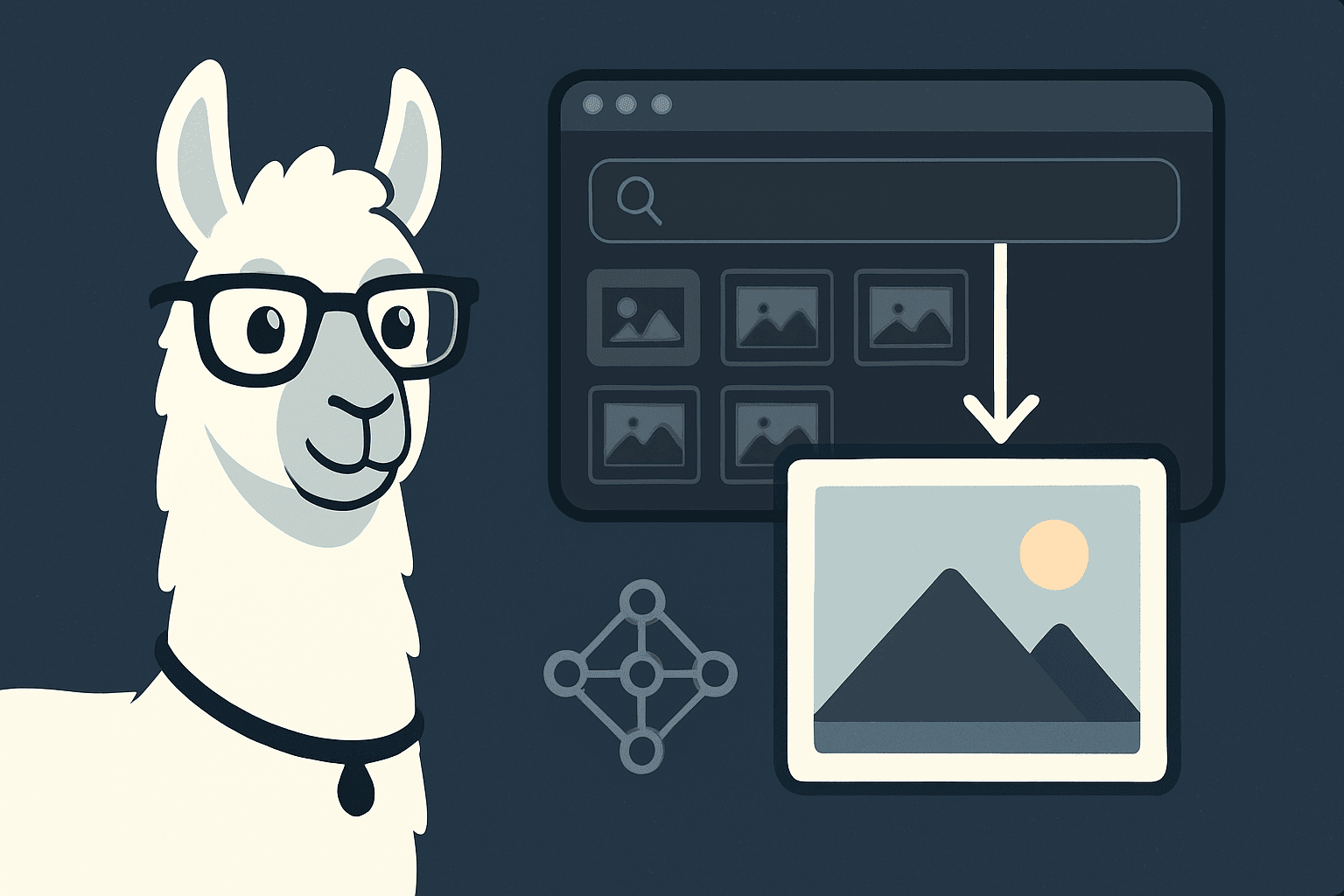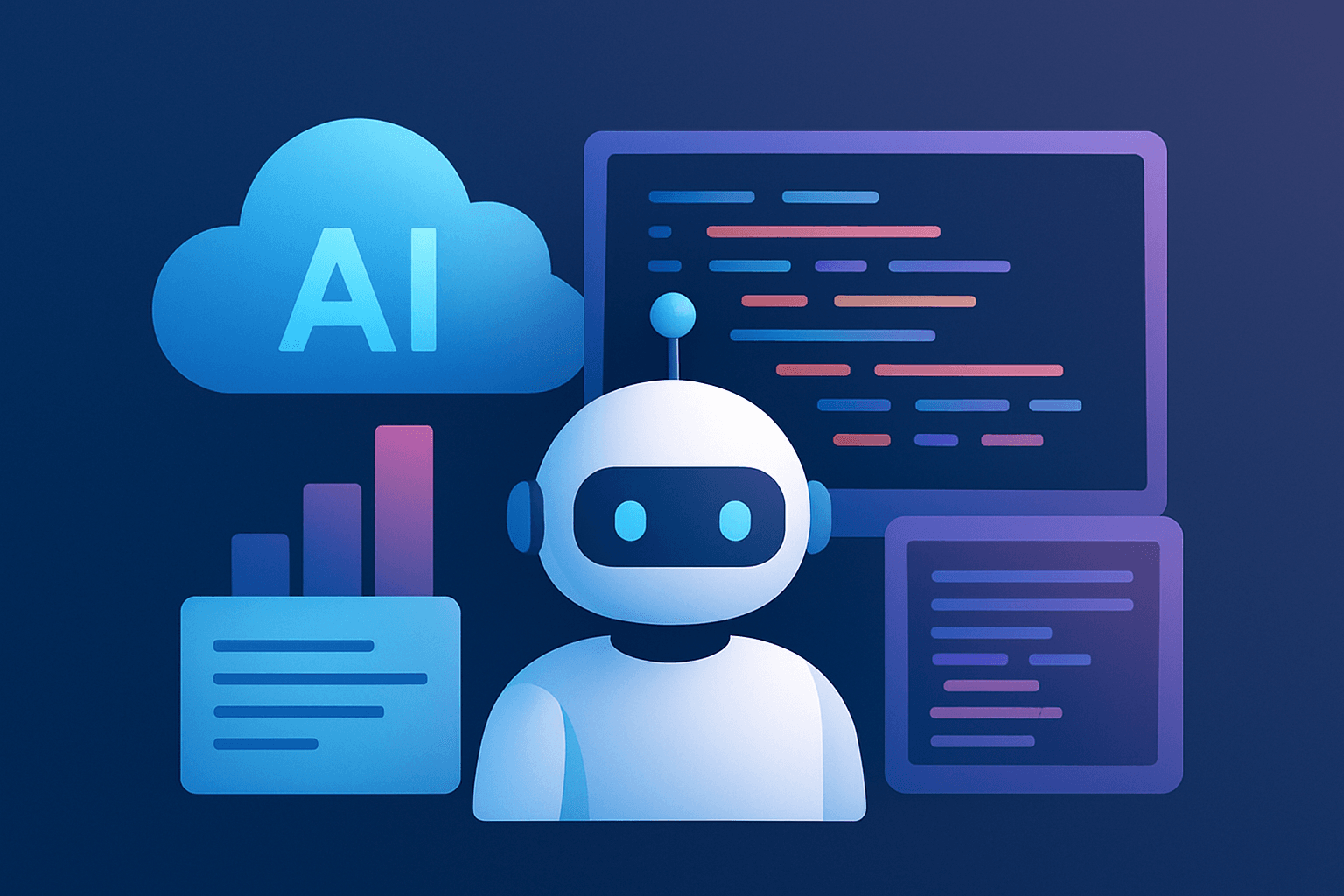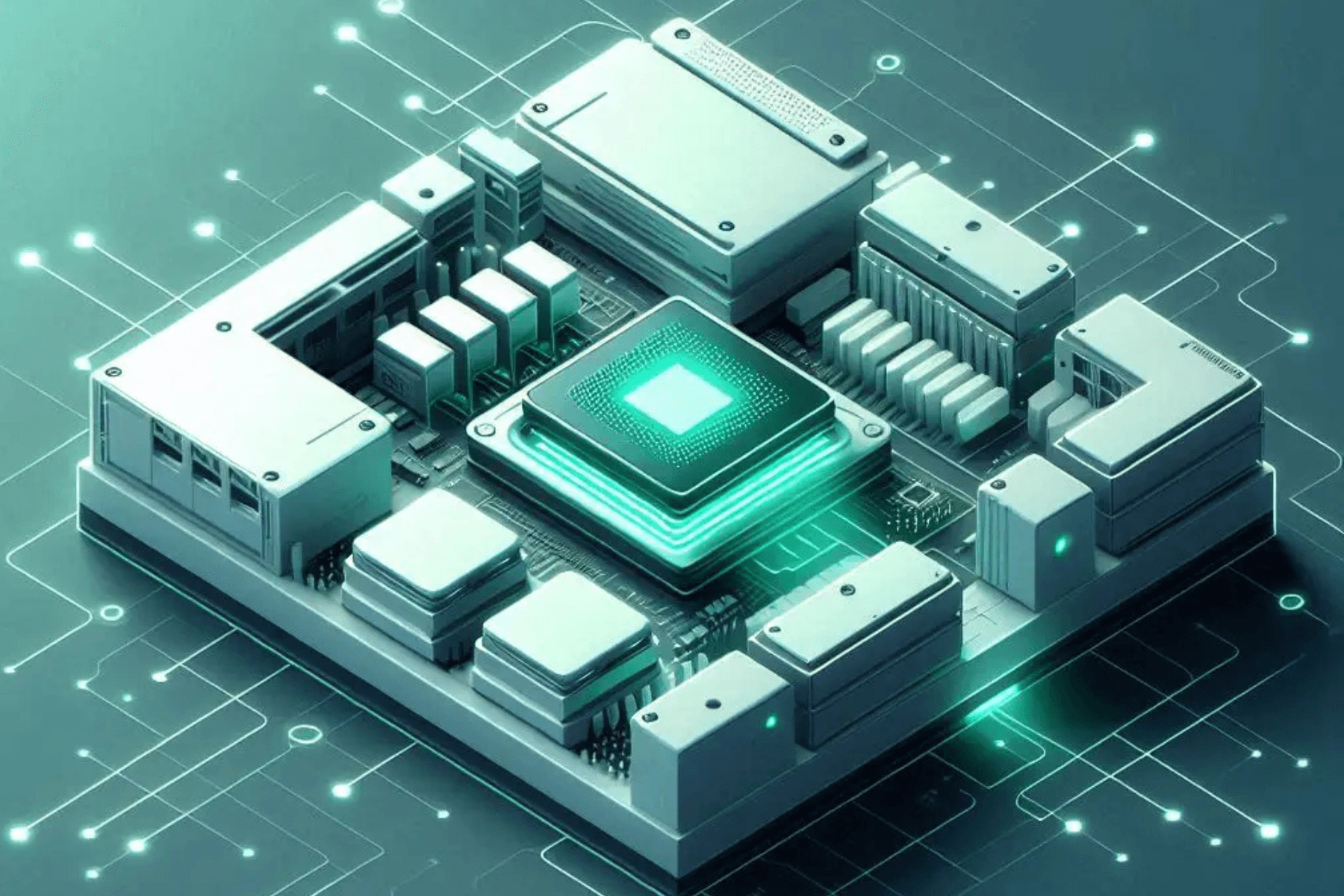In the previous 8-10 years, cloud computing has evolved a lot cutting across demand for devices, storage, servers, networks, security, architecture etc. The Internet of Everything, increased cloud storage capacity, cloud services, security challenges & more tells the whole story of how the cloud is shaping the future. The cloud computing at present is completely different from what it was a few years ago, and it will be much more evolved in a few years from now.
"We believe we're moving out of the Ice Age, the Iron Age, the Industrial Age, the Information Age, to the participation age. You get on the Net and you do stuff. You IM (instant message), you blog, you take pictures, you publish, you podcast, you transact, you distance learn, you telemedicine. You are participating on the Internet, not just viewing stuff. We build the infrastructure that goes in the data center that facilitates the participation age. We build that big friggin' Webtone switch. It has security, directory, identity, privacy, storage, compute, the whole Web services stack." - Scott McNealy, former CEO, Sun Microsystems
While you can move your applications or database on the cloud to benefit from it, but simply moving will not make your life super-easy. Taking advantage of the inherent strengths of the cloud computing requires a well thought out architecture design. A good cloud architecture design forms a backbone of your cloud which starts with smart decisions. Building an effective cloud strategy today might save you from the hassles of tomorrow.
How to design a well-architected cloud?
Here are the 7 best practices to map & define a base for a solid cloud-architecture.
7) Proactive Planning
Always follow a theory that your hardware will fail and be prepared with a mechanism to deal with unknown catastrophes before it strikes you. Like it is said, prevention is better than cure.
- Don’t guess your capacity – Eliminate decision guessing your capacity as with a wrong prediction you might sit on expensive resources or might have to deal with performance implications of limited capacity.
- Test systems at production scale – Cloud gives you the flexibility to create a production scale test environment to test the systems and you may de-provision the resource when you are finished.
- Automate – Automation lowers the risk of design changes. With Automation, you can create and replicate systems which makes your architecture dynamic.
- Design Evolutionary Architecture – Rapid changes in a business environment could hinder the decisions to deliver but following best practices, while designing cloud architecture can help you evolve.
- Data-driven – Your data can inform you of a choice have to make. In the cloud, you can collect data on the behavior of your application needs and identify what’s best.
6) Security
When running your apps on a cloud or migrating to another cloud, yourprimary concernshould always aim to secure your cloudenvironment. Don’t think security only at the firewall level, you can harden the security at all layers within your infrastructure. Discovering and hardening security layers will help you protect your cloud, data from unauthorized actions, destructive forces or breach. Protect your Data Focus on your data protection
- Classify Data in different segments (Public, Private, Shared)
- Encrypt Data
- Create a log of all details
- Create policies to prevent Accidental overwrites/deletes/changes
Follow Access Specifiers You are responsible for securing your data, OS, and application. It is always advisable to not use admin or root logins unless required.
- Make Password Logging policies
- Use Credential or keys Management services
- Enable Multi-factor authentication
- Limit access to your apps/data from apps or 3rd party tools
- Assign Least privilege access system
Protect your Infrastructure Take a detailed assessment of your infra from polices to patches.
- Patches/antivirus/firewall at your instances – Harden your security with all the individual OS patches on a regular basis, use antivirus and firewalls to protect your infrastructure.
- Traceability – Check the ports, layers, and trace on how someone can hack into an environment. Always perform periodic checks and identify loop-holes.
Create/manage the logs
- Response to security events – You should be aware of everything and responsible for all the security events such as 2FA, SSH, encryption, authenticity etc.
- Automate Security – Automate your security at all events, you can set notifications, emails whenever someone accesses the cloud.
5) Reliability
Before building a house, you ensure that the foundation is reliable, similarly before architecting your cloud, you should follow best practices. Your system should have the ability to recover from an outage and dynamically meet demands. Your system should technically work in every scenario.
- Think of how you can recover from failure – You can design automated recovery process and anticipate failures. You should be aware of how failures can occur and how to respond.
- Design a highly available architecture – Do not share a common point of failure and set up a redundant architecture to avoid downtime.
- Stop guessing capacity – Guessing can either make under-provision or over provision, either you might have an outage, or your systems may be left sitting idle.
- Use a Redundant network – A redundant network can eliminate network failures.
- Follow processes – Always create a process to make any changes in monolithic architectures covering changes in demand, monitoring resources and executing.
4) Performance Efficiency
Designing your environmentwith a right platform and in the right way can help you achieve performance benefits. The question is how efficiently can you manage your compute resources to meet your requirements?
- Use Latest Technologies - Build your applications and services on an evolved platform. High-performance environment and templates can give you an advantage of a better performing cloud.
- Implement Automation - With automation in place, you get the ability to experiment more often and minimize manual processes.
- Right-sized – Choose the right services and examine your environment on what services are best suitable to match your demands.
- Listen to your application – A cloud service you chose yesterday might not be the best today based on your evolving requirements. Identify your applications resource requirements such as RAM, CPU, Storage etc. If your application is I/O intensive, then you should have the most appropriate storage solution.
3) Cost Optimization
The rising competition in the market could hinder the ability to grow. To cope up with the environment businesses require to optimize their spend and increase performance. With cloud cost optimization strategies, you can reduce your cost to a minimum and use savings to serve your business. Following this system allows you to achieve benefits while still giving results to your business.
- Use Managed Services – You can remove the operational burden of management and maintenance of the infrastructure by taking the services of a cloud-managed service provider. This will help you in an efficient architecture while lowering the cost of ownership.
- A shift from CapEx to Opex – Don’t invest heavily on a bunch of hardware resource that you don’t require. With the cloud, your CapEx could shift to Opex, enjoy the benefits of scalability, redundancy, reliability.
- Price to performance ratio – A price to performance ratio portrays the ability to deliver, cloud resources with lower price and higher performance is always desirable.
- Functionality model – Attribute expense to the functionality and cloud resources which you require while dropping the services or replacing it with better alternates.
2) Operational Excellence
Effective operations preparation drives excellence. You should follow the practices and procedures to manage workloads.
- Align processes – Automate operations with code.
- Metrics – Collect metrics from various resources and align processes on the business needs.
- Make Incremental changes – Instead of making changes in big packages always follow an approach to make small incremental changes, this is best to avoid failure in case of unexpected events and identify the root cause.
- Unexpected events – Always test for unforeseen circumstances. Capture events and failure and design a room for improvements.
- Maintain documentation – Keep your procedures, documentation up to date & avoid any delays which may be useful for understanding and troubleshooting purposes.
1) Multi-Cloud Approach
There’s no one size that fits all. A true multi-cloud strategy allows you to migrate to other clouds and/or run the services balanced between two or more clouds. By planning a multi-cloud strategy you have the complete flexibility to achieve the best price to performance ratio without compromising the functionality& interoperability.
- Avoid vendor native services – Getting into a trap of native services will be easy in the short run but difficult in the long run when your cloud expands. It’s always good to utilize open-source replacements for any native service that you could replace. Right from the start when you use open-source or replacements, you experience flexibility with varied services without being stuck with native services.
- Design Tailored environment – A customized cloud could extract the maximum from your cloud with the ability of hybridization, multi-cloud and freedom to use applications, resulting in a more tailored & cost-effective solution as unique as your business.
- Right-Mix – Identify the best of both worlds with your requirements. A service you might be getting with a cloud provider might be better performing on the other. Check responsiveness of services and create a right blend for your business across multiple clouds.
These are some of the common best practices that you can follow to design and architect your cloud applications and database. Each business is unique and therefore require an expertise in designing and maintain the cloud. E2E Networks has years of experience and expertise in designing and architecting cloud solutions. Contact us to set up, architect, migrate, secure, operate and continually optimize your cloud for tangible business results. Our dedicated team and support empower your IT team by giving time and resources back. We strive to take the responsibilities to ensure that customer applications are put in the right environment at the right cost. Contact us for more information on how we can provide you with the cost advantage while enhancing your performance.
